
This is the content of the study "Analysis of Vietnam's Macroeconomy " recently published by the Ho Chi Minh City Banking University (HUB). The representative of the research team, Associate Professor, Dr. Le Hoang Anh, said that the forecast is based on numerical calculations, econometric models, machine learning, along with macro and micro foundations.
According to the General Statistics Office, the growth rate in the second quarter reached 7.96%. Associate Professor, Dr. Le Hoang Anh said that with the growth trend of each quarter being higher than the previous quarter, GDP in the third and fourth quarters is expected to exceed 8%. "Overall, Vietnam's growth target of 8% in 2025 is feasible," he said.
The research team assessed that the economy in the second half of the year still faces instability and unfavorable psychological developments. However, Vietnam has "strategic levers" which are the "quad" of policies, including Resolutions 57, 59, 66 and 68.
Growth momentum in the second half of the year comes from investment, consumption and the impact of global monetary and fiscal policies. Of which, public investment continues to play a leading role. Disbursement of the remaining 65% of capital will create a spillover effect for production and services.
In addition, FDI is still maintained thanks to geopolitical advantages, policy reforms and FTAs. In particular, the HUB expert group predicts that private investment "will increase sharply, playing a key role in promoting growth".
This is thanks to improved business environment confidence, tax and credit support policies that create favorable conditions for private enterprises to expand production scale and invest in key industries. The trend of shifting investment to high technology, digitalization and renewable energy also contributes to stimulating stronger private capital flows into the economy.
In addition, inflationary pressure is assessed as not too worrying, the possibility of achieving the yearly target is "very optimistic". Credit growth is forecast to reach the target of 16%.
However, challenges remain in the last two quarters. HUB pointed out that geopolitical and global policy uncertainty can impact investment and consumer sentiment, making forecasting more difficult. In addition, tariff pressures make it difficult for exports to major markets to maintain high growth.
Economist Nguyen Xuan Thanh, Fulbright University Vietnam, also commented that Vietnam's exports grew very well in the first 6 months due to the trend of taking advantage of purchasing goods when the US's reciprocal tax had not yet taken effect.
Therefore, the demand in the US market in the second half of the year is forecast to be weak. Other markets such as China and ASEAN are also unlikely to make a breakthrough due to high competition. Mr. Thanh calculated that to achieve the growth target of 8.3-8.5%, the whole year's exports must increase by 17%, which is quite a challenging figure when tariff developments are still unpredictable.
Regarding production, Mr. Thanh noted that most of the purchasing managers' indexes (PMIs) in recent months have been below 50, indicating that businesses are still shrinking. Electricity consumption in the same period only increased by about 4%, indicating that the economy is not strong. Dr. Tran Anh Tuan, Chairman of the Board of Members of Tan Thuan Industrial Development Company, also said that exports are currently mainly based on old orders, while new orders for advantageous products are decreasing.
With internal challenges, consumption has not improved much, due to the high saving trend of people, reducing purchasing power, according to Dr. Tran Anh Tuan. Former head of the Ho Chi Minh City Enterprise Innovation Board, Mr. Tuan pointed out that the growth of total retail sales of goods and services is less than 10% (increased by 9.3% in the first 6 months). "Since the pandemic, consumption has improved but is still low. Consumption growth of 10-12% like before Covid is the only way to ensure stable growth," he said.
In addition, Resolution 68 has been issued, but the number of newly established and re-operated enterprises in the first 6 months of the year is almost equal to the number of enterprises withdrawing, showing that the attraction of social resources and encouragement of the private economy is not high. Expert Nguyen Xuan Thanh also pointed out that private investment still increased lower than other driving forces such as public capital or FDI in the first half of the year.
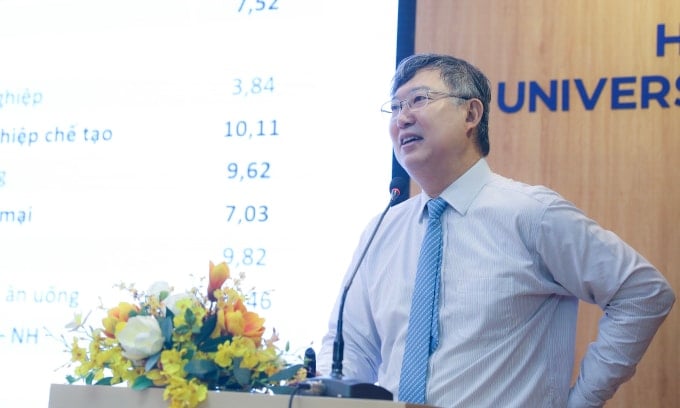
To achieve the 2025 growth target and create sustainable growth momentum for the following years, the HUB research team recommends continuing to improve the business environment by reforming administrative procedures, providing financial and technical support, and promoting technological innovation to enhance competitiveness.
Dr. Tran Anh Tuan said that more concrete actions are needed to put the "quad" resolutions into practice. He hopes that public services, handling of administrative procedures after the merger of provinces and cities, and the implementation of a two-level government will soon stabilize and run smoothly.
Similarly, Dr. Mac Quoc Anh, Vice President and General Secretary of the Hanoi Association of Small and Medium Enterprises, said that local officials are still confused about how to carry out procedures after the administrative restructuring. He also proposed to shorten 50% of administrative procedures, higher than the 30% committed by the Government.
To stimulate consumption, Mr. Quoc Anh said it is necessary to promote the movement "Vietnamese people prioritize using Vietnamese goods", build private clusters to support each other in finance, products and develop key industries.
In export, Prof. Dr. Tran Tho Dat, Chairman of the Council of Science and Training
The National Economics University recommends diversification, as focusing on a few key markets poses risks when there are policy changes from partners. Expert Nguyen Xuan Thanh suggests the EU, South Korea and Japan as three markets with great prospects for increasing trade in the second half of the year.
Regarding monetary policy, HUB assesses that the current interest rate level is still quite low, and there is not much room left to operate the interest rate tool. In addition, external risks affecting and spreading to exchange rates and the foreign exchange market are quite unpredictable.
"Therefore, in the last 6 months of the year, stabilizing the exchange rate is one of the issues that need close attention," the group of experts recommended. In the first half of the year, VND depreciated 2% against USD. Compared to a basket of other currencies, VND and USD decreased by 14% and 11% respectively, according to information from expert Nguyen Xuan Thanh.
VnExpressSource: https://baohaiphongplus.vn/du-bao-tang-truong-nua-cuoi-nam-rat-trien-vong-417488.html




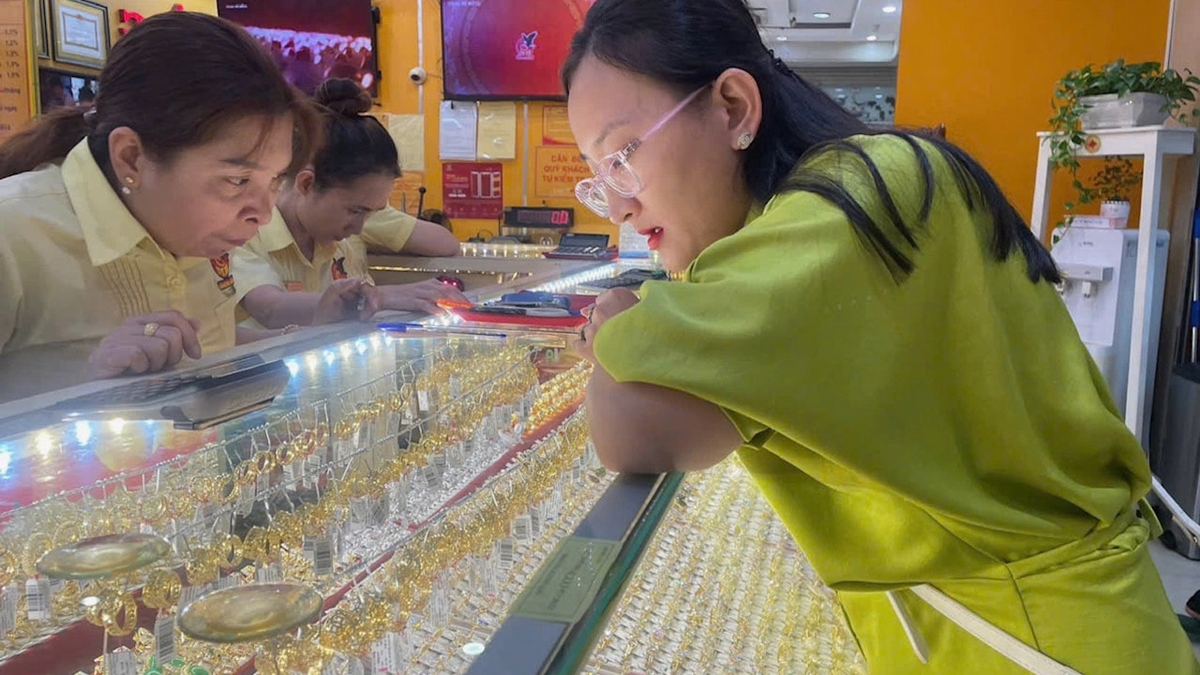

























![[Photo] National Assembly Chairman attends the seminar "Building and operating an international financial center and recommendations for Vietnam"](https://vphoto.vietnam.vn/thumb/1200x675/vietnam/resource/IMAGE/2025/7/28/76393436936e457db31ec84433289f72)































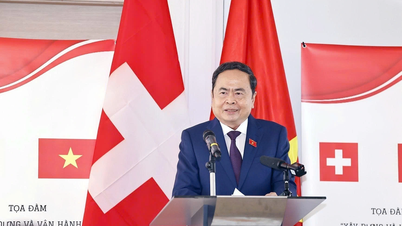






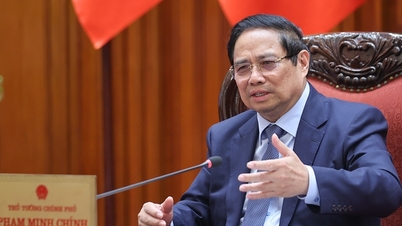


























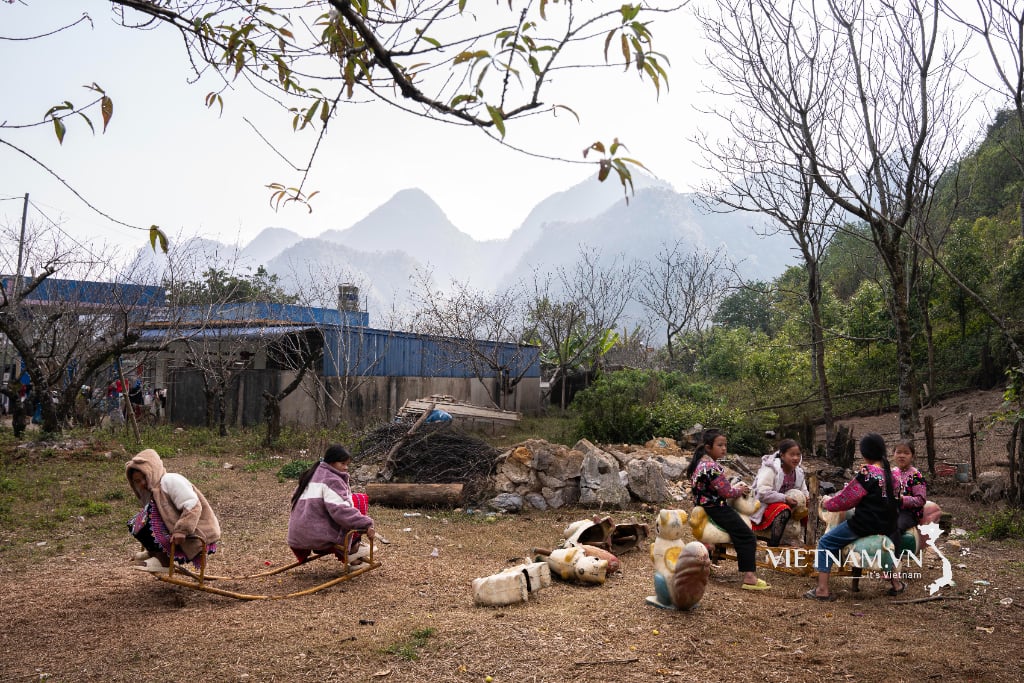



Comment (0)